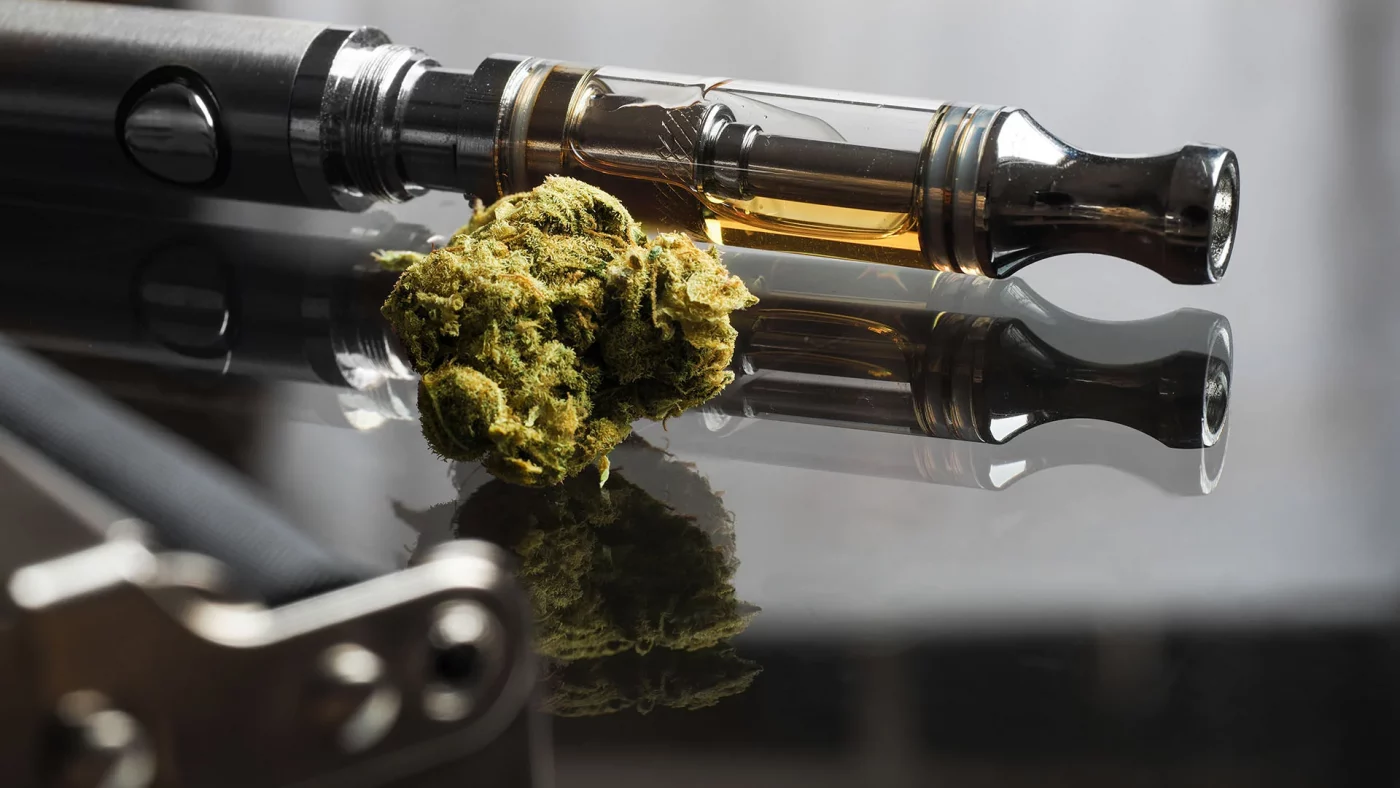Vaping vs smoking weed, now that’s a conflict us connoisseurs face daily.
But do we really know the differences for us to make a wise decision?
While smoking cannabis has been around for ages, vaporizing marijuana (“vaping”) is a relatively new way of in-taking the ancient plant.
And with anything new, comes along a whole host of uncertainties and questions.
If your one of the many who carries such questions about vaping vs smoking weed, then, these list of answers are probably what you’re looking for.
So without further ado, let’s explore the facts as we answer the top five questions about vaping vs smoking weed.
Vaping vs Smoking Weed
1. Vaping vs Smoking Weed, What’s the Difference?

When you smoke cannabis, there’s combustion or burning taking place. On the other hand, vaping weed heats cannabis without burning. Instead of smoke, your vaporizer creates mist-like vapor, either through a conduction or convection heating method. What each heating method does is release the therapeutic ingredients in cannabis, further mixing such ingredients into the fine vapor mist that’s inhaled by our lungs.
2. How Does Cannabis or Cigarette Smoke Affect My Health?
Smoke is still smoke, regardless of what you’re smoking, and cannabis smoke, whether first-hand or second-hand, can be just as harmful as cigarette smoke.
It’s not the cannabis per say that’s responsible for the harm, but the substances that are released by the combustion or burning process. When combustion or burning takes place, toxins like tar, ammonia and cancer-causing agents (carcinogens) are produced and then released into the lungs.
While smoke has many negative effects, it’s particularly tough on a person’s cardiovascular system. Toxins make blood vessels work harder; the toxins block and then unblock the arteries, so the vessels are continuously enlarging to handle the blockage.
As for vaping weed, what does the research say? Does it reduce the ingestion of harmful toxins like tar, ammonia, and other carcinogens found in cannabis smoke?
3. Is Vaping Healthier?
The gases and particulates in smoke create lung irritation and make respiratory problems worse. Smokers have more bronchitis and respiratory issues than the general public, and many medical patients who use cannabis for a respiratory disease don’t want to smoke because it’s so irritating to their lungs.
These patients prefer vaporizing marijuana, but is it actually healthier? While more research on vaping weed is needed, the initial studies that have been done seem to indicate that it’s less harmful than smoking because combustion is not involved.
In fact, one of the first studies to compare smoking to vaporizing marijuana showed fewer respiratory effects with vaping, based on self-reporting of respiratory symptoms. Another study showed that carbon monoxide was greatly reduced in vaping weed versus smoking it.
Vaping offers other benefits as well, such as the lack of the smoke smell, better taste, discrete use, and a more economical use of cannabis – meaning less cannabis generally produces more effect with vaping.
Related Article: Advantages and Benefits of Vaping Cannabis Over Smoking
4. Vaping vs Smoking Weed: Does Temperature Matter?
Yes, temperature definitely matters. In fact, temperature makes all the difference between vaping and smoking marijuana, and cannabis vaporizers are specifically designed to operate at certain temperatures to ensure inhalation without harmful smoke toxins.
Vaporizers heat cannabis to temperatures just below combustion, which occurs at around 450 degrees Fahrenheit. Interestingly, scientists have determined that different cannabinoids have different ideal “release” temperatures. At 392°F, THC and CBD become active compounds, but some compounds like cannabichromene (CBC) become active at higher temperatures.

Temperature and valuable cannabis compounds release into vapor are definitely related; At lower temperatures, fewer of the active compounds are available, but at higher temperatures, cannabis may begin to burn, and you don’t want combustion!
5. Vaping vs Smoking Weed: Does Temperature Effect Experience?
In general, there are three different temperature ranges for vaping, depending on the type of experience you want to have. Staying in the 310-330°F results in a very mild experience where you can generally stay highly functional. For a medium-range experience, where you are slightly sedated, stay in the 330 to 370°F range, and for a highly sedative experience that will likely induce sleep, vape at 370°F to 430°F.
Vaping vs Smoking Weed, Ready to Decide?
Given studies that show smoking releases carcinogens that cause lung irritation and potentially cancer, it’s probably a much wiser decision to vape marijuana instead.
However, the cannabis industry is still in its infancy, so a lot of research still needs to be done to fine tune the details of its many complex interactions with our biology. Positive and negative.
And with this scientifically-researched list of vaping vs smoking weed, your journey of becoming a more informative cannabis consumer will be well underway.
Happy vaping!

